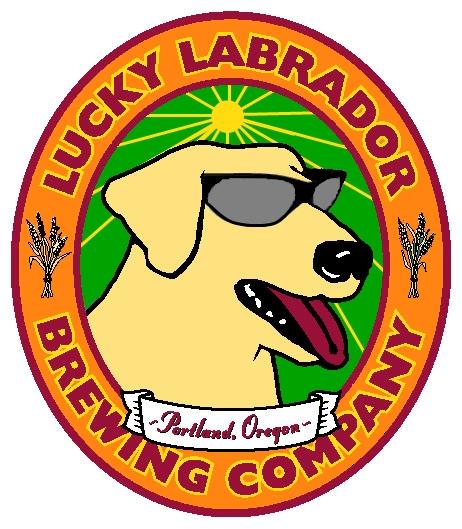 We started a discussion of lagers on Tuesday, but of course, there is much more to say.
We started a discussion of lagers on Tuesday, but of course, there is much more to say.
As I mentioned, lagers have been brewed in central Europe for the last 500 years. In fact, in the days before refrigeration, Europe was divided into ale and lager regions: the mild climates of England and Belgium lending themselves to ales, and the mountainous inland regions of Bavaria and Bohemia lending themselves to lagers.
Like ales, there is not just one variety of lager, though you will often times find beers labeled as if there were. There are bocks, maibocks, doppelbocks, Munich helles, dunkel, oktoberfest, pilsner and more.
Leading up to the Beer of the Week, we'll focus on the pale lager family for now. Pale lagers encompass the vast majority of commercially successful beers around the world, from Miller High Life to Red Stripe to Heineken; however as any beer drinker can tell you, there are considerable differentiations even within this family.
The birth of pale lager begins in one of the points of the "golden triangle of brewing," Munich, Germany (the other two points being Plzen, a.k.a. Pilsen, and Vienna). In the mid 1800s, Spaten Brewery of Munich was run by Gabriel Sedlmayr. Mr. Sedlmayr embarked on a tour of Europe to see what the brewing world had to offer, in the hopes of improving his own brewery's techniques. He brought back some of the pale malt stylings of the pale ale brewers in England and applied them to his brewery. It wasn't an overnight success, but Joseph Groll, another German brewer, took some of these techniques over to Plzen, Bohemia (now the Czech Republic) and created what would be an overnight success, a revolution in brewing that will probably never be topped.
As the story goes, the brewers of the city of Plzen dumped a whole batch of ale into the river, that they agreed had been contaminated by wild yeast, bacteria, or both. They decided to take advantage of some of the new techniques being used in nearby Munich to make more stable beers.
Groll was hired to bring the German lagering method to the thirsty citizens of Bohemia, and arrived to find an ample supply of hops, lagering caves, and the proper yeast needed to make a good lager. Groll didn't settle for the same old style they were making over in Deutschland, he upped the ante.
Groll eliminated the roasted barley, and kicked the hops up a notch. The resulting brew was golden, crisp, and refreshing. The uniquely clear and golden beer was so popular that the brew and the technique spread, eventually acquiring the name of the city, Plzen, or Pilsner. Pilsner Urquell, still brewed to this day in Plzen, is the result of Groll's ingenuity.
We can talk more about Pilsners later, but needless to say, it was a huge success. Nearby brewers in Dortmund took notice and modified the style to create the Dortmunder Export style we know today, and it took a little while, but brewers back in Munich, including Spaten, took notice of Pilsner's success and made their own adaptation, known as a helles, German for "pale."
More to come on the Munich Helles variety tomorrow.









